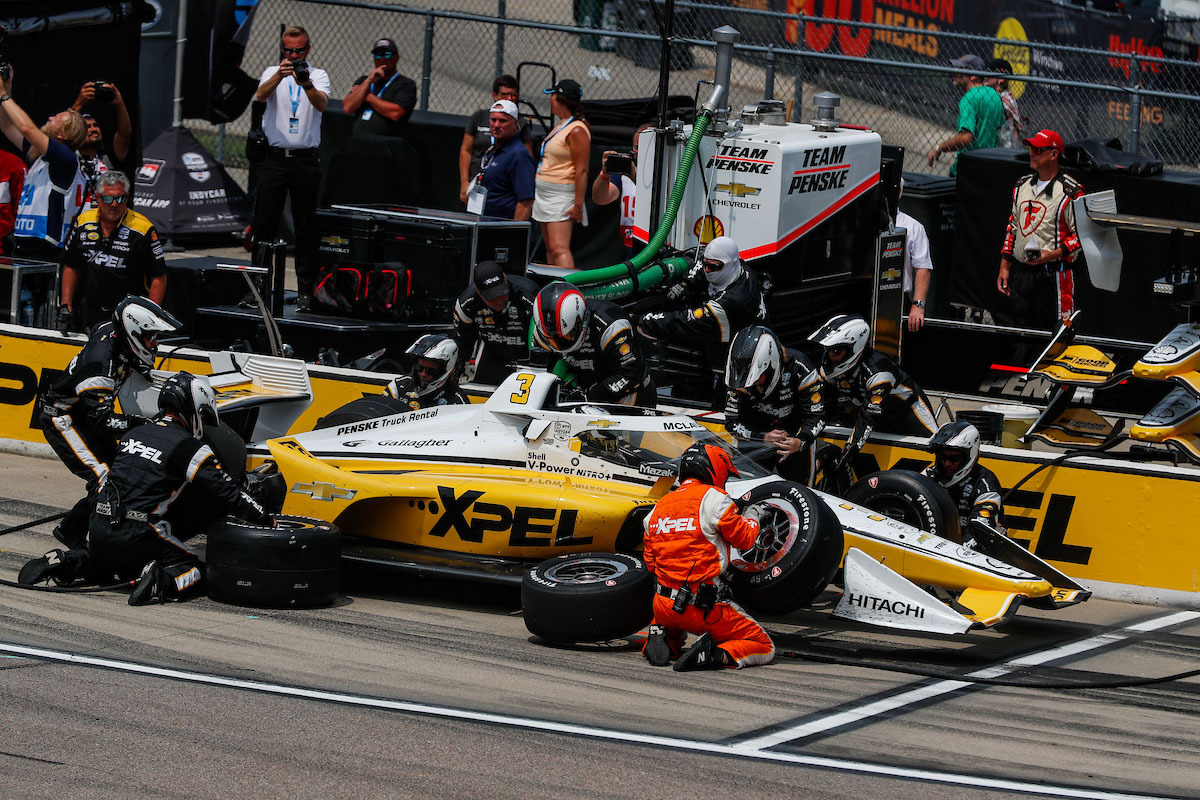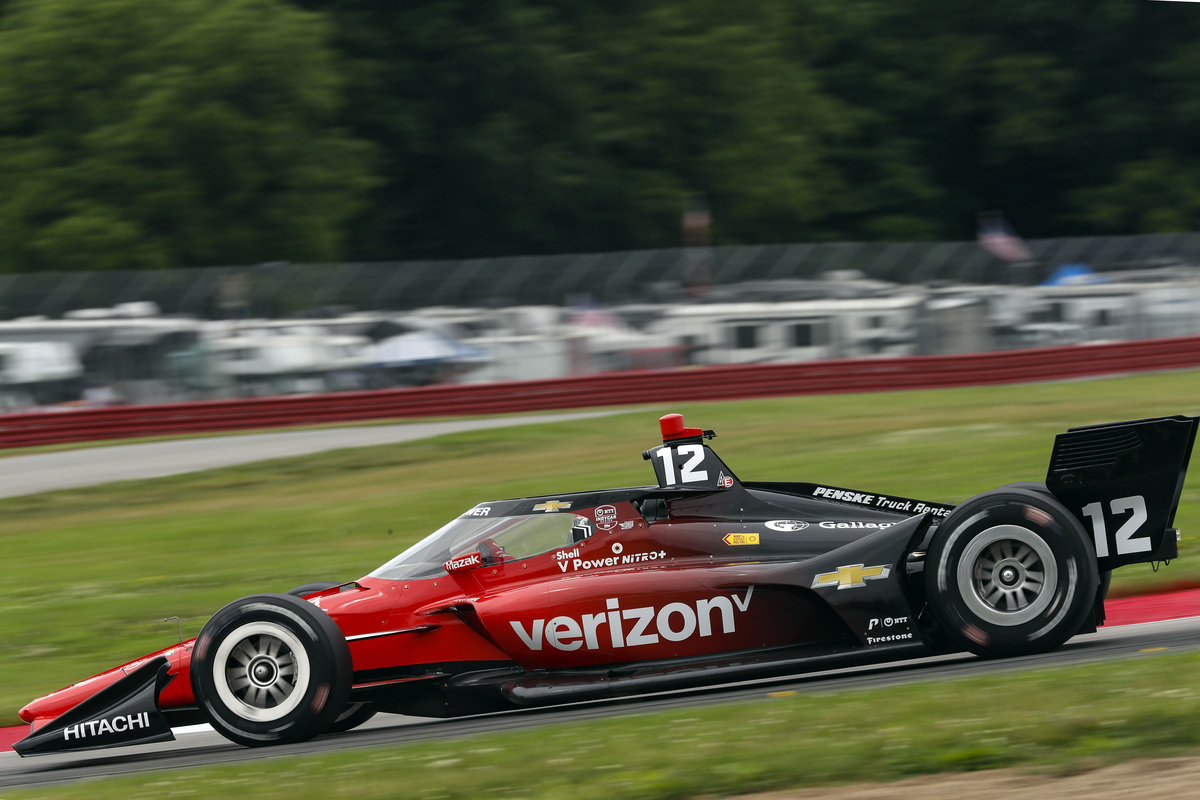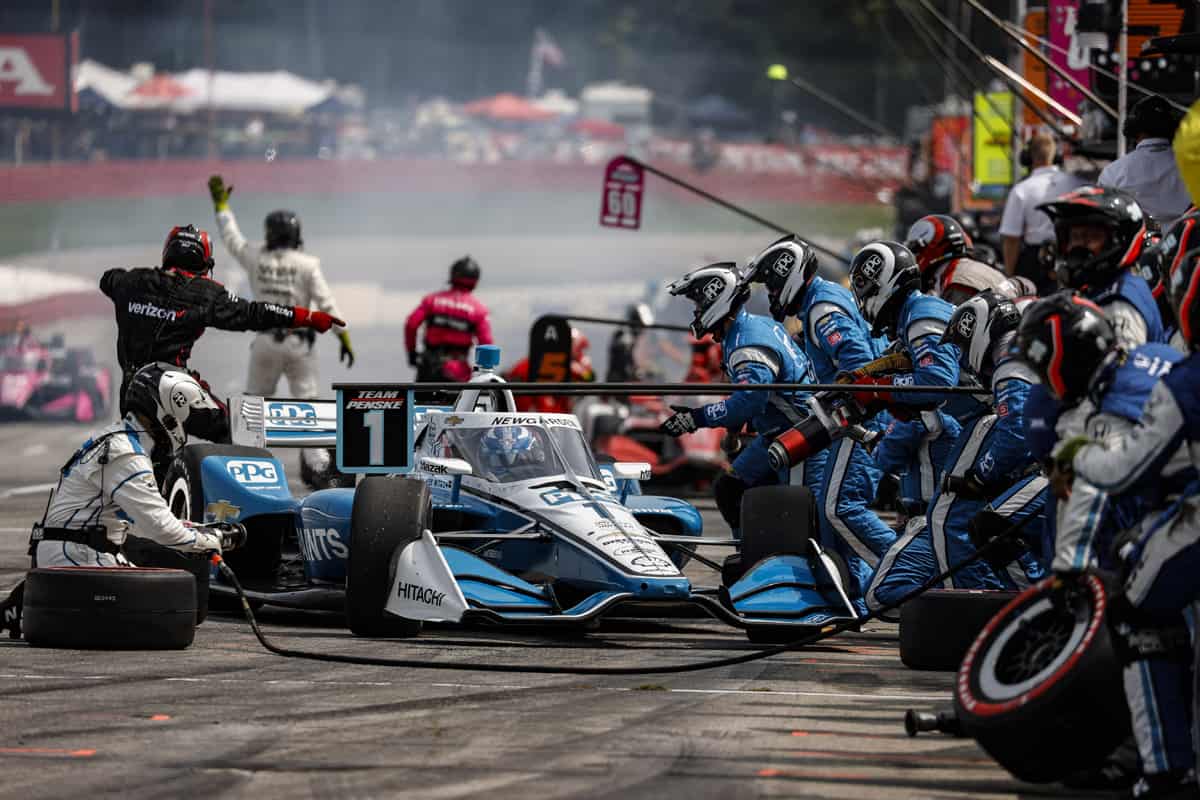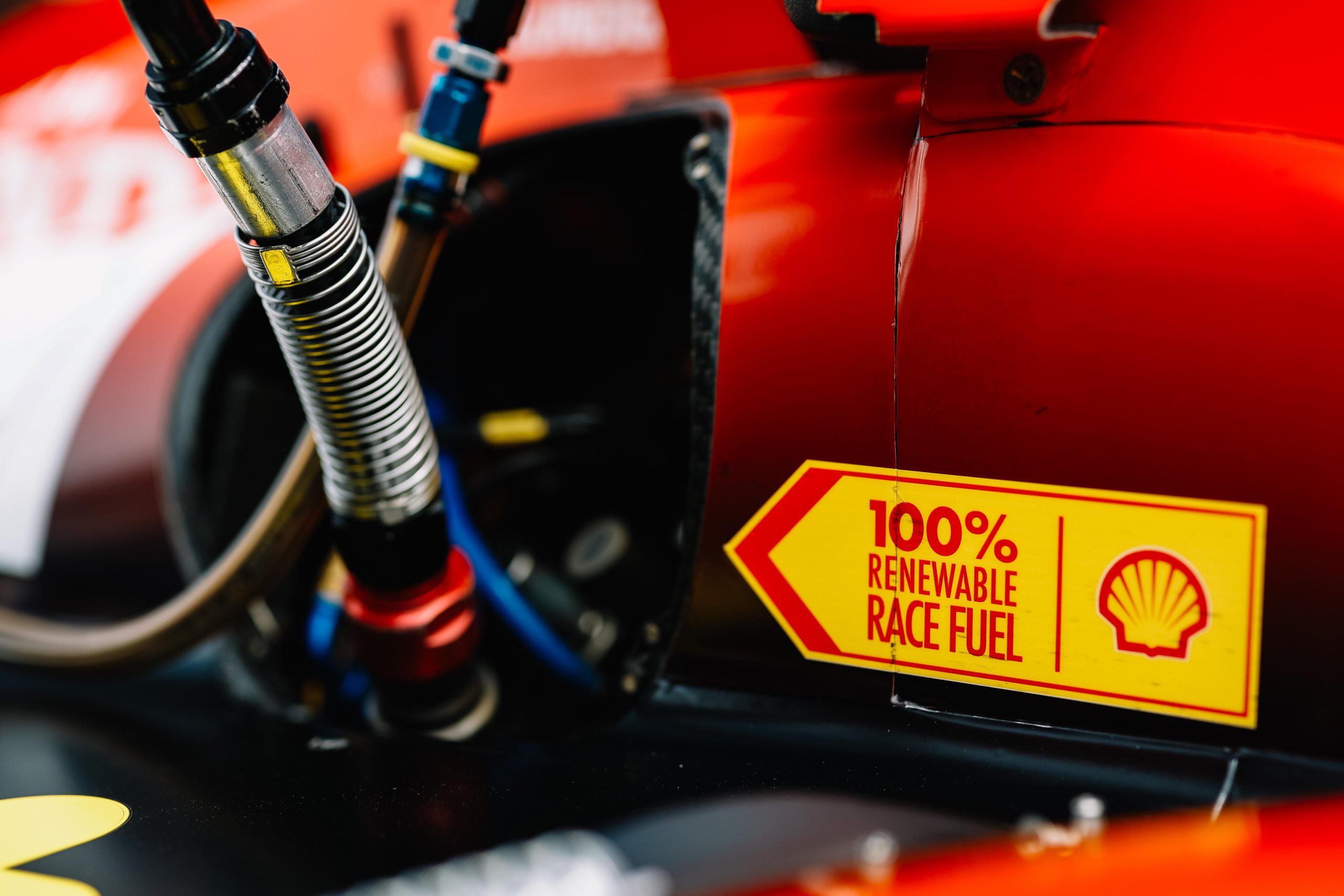Mastering IndyCar Telemetry Data Analysis
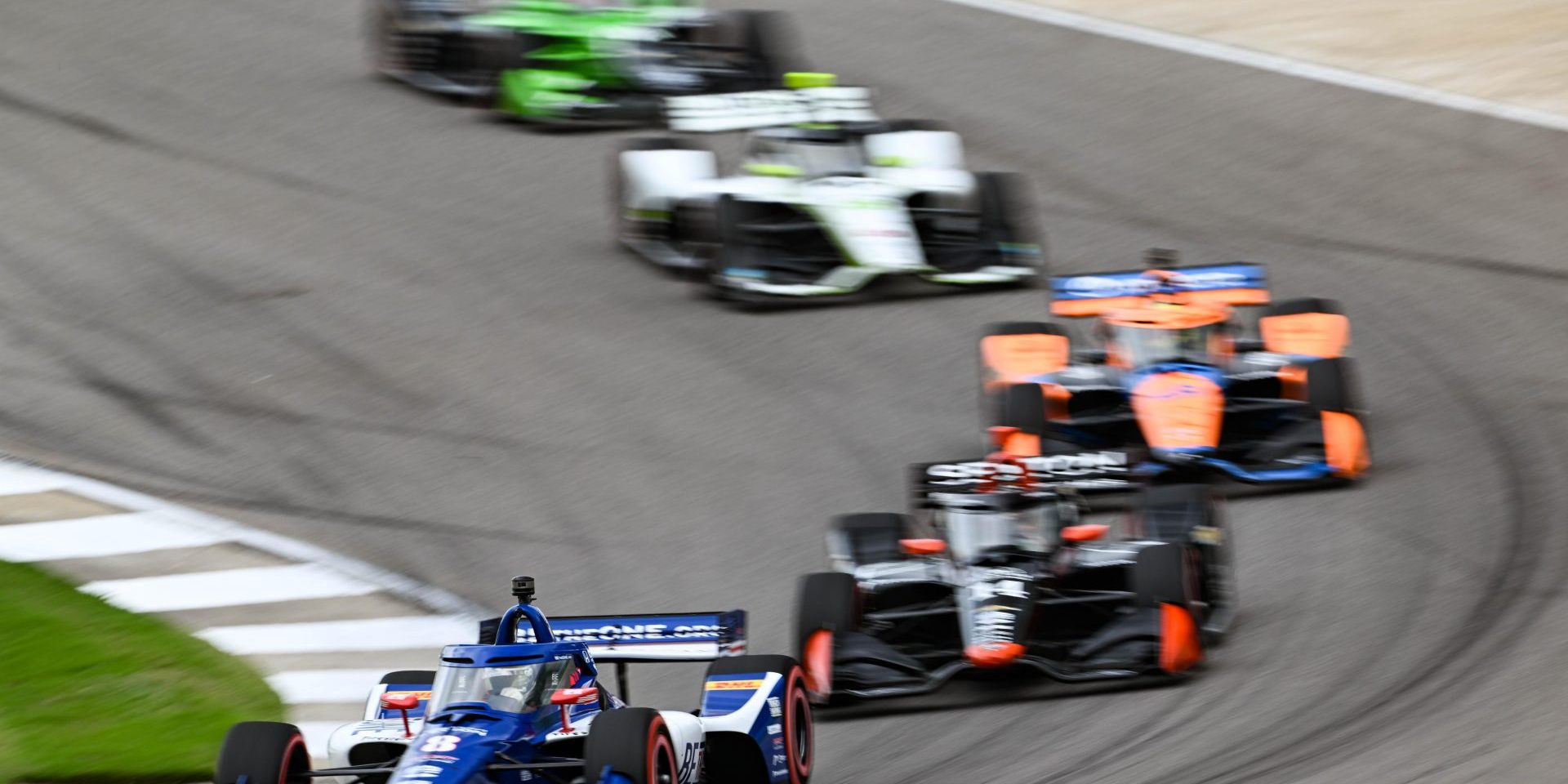
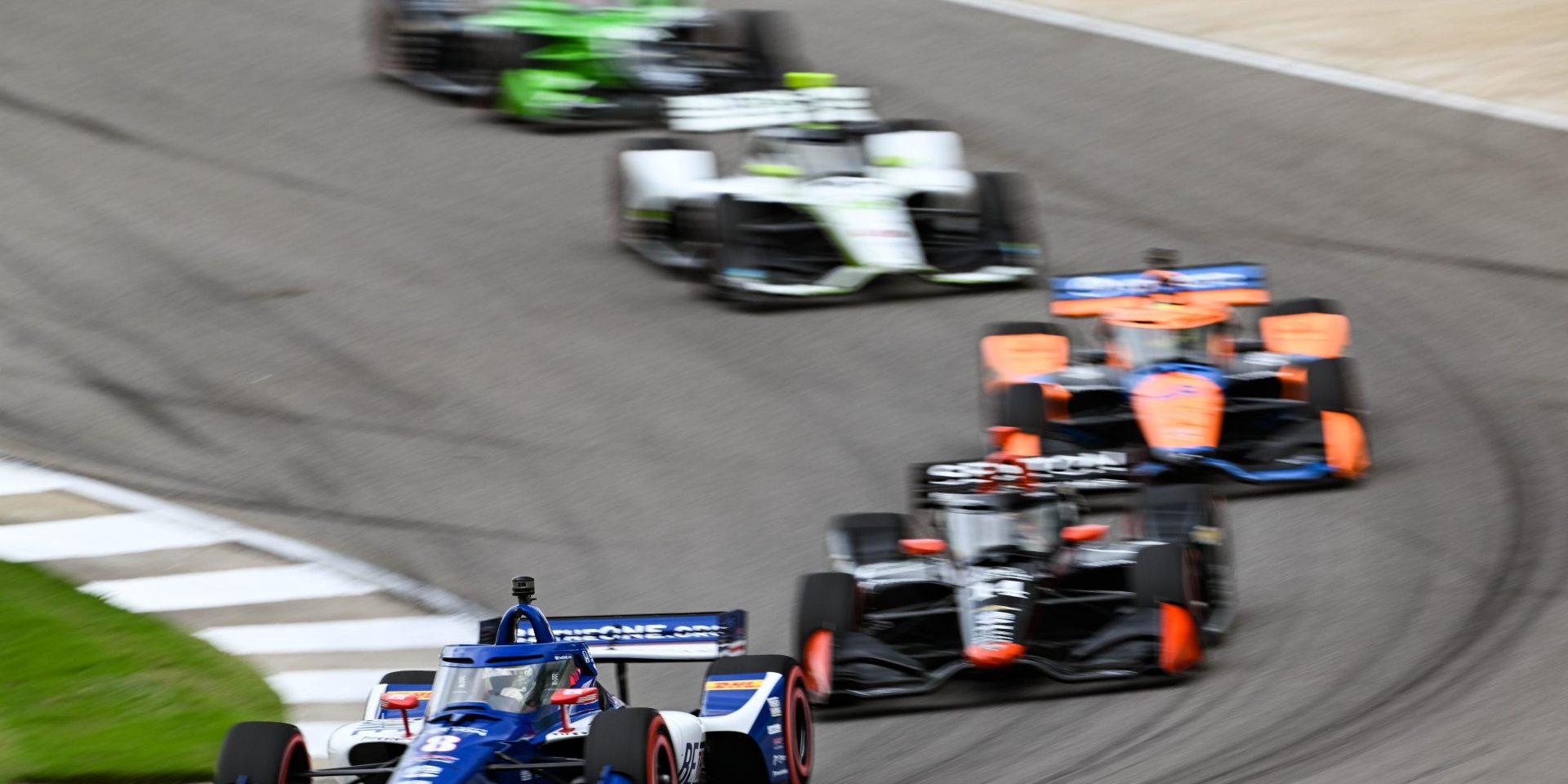
Understanding IndyCar telemetry data is key to winning in the sport. This data gives crucial insights into the car’s performance, helping teams make better decisions. But the real question is, how can teams interpret IndyCar telemetry data to get ahead on the track?
We’re diving into the differences between ovals and road/street courses here. Plus, we’ll look at why pit stop strategy is so important. And don’t forget about the management of tire compounds. By mastering this data, teams and drivers can find the clues that help them win.
Table of Contents
The Strategic Difference Between Ovals and Road/Street Courses
IndyCar racing is all about strategy for a team’s success. But, the strategy differs on ovals and road/street courses. Each offers unique challenges and chances.
IndyCar Strategy on Road/Street Courses
Teams plan pit stops carefully on road and street courses to get ahead. They focus on the pit window, the best time to stop. Stopping early in this window helps them avoid problems with full course yellows later on.
A full course yellow means everyone must slow down. It can change the race, letting some cars move ahead. This is called a track position advantage.
Teams work hard to time pit stops right and handle full course yellows well. This way, they can keep or even improve their position in the race.
IndyCar Strategy on Ovals
On ovals, it’s mostly about fuel and how to use it. Here, pitstops start with refueling the car, not just about track position. But, stopping under a yellow flag can be good. It allows drivers to pit without falling behind much.
Knowing how to play the strategy game on each track is key. Teams use their know-how of the different challenges and opportunities. This helps them create plans that set them above the rest.
In Summary
To do well in IndyCar, you have to understand strategies for both ovals and road/street tracks. Road/street courses need clever pit stop planning. But on ovals, it’s more about fuel and timing pit stops right, taking advantage of full course yellows.
Knowing these strategy differences gives teams an upper hand. It helps them make smart choices using all the available data. And this could lead them to victory in the thrilling world of IndyCar.
The Role of Pit Stop Strategy in IndyCar
Pit stop strategy is key in IndyCar racing. It affects where a team stands during the race. This can decide who wins or loses. Teams must think about fuel, tire wear, and their spot on the track to make smart pit stop choices.
Teams often choose to pit early on road and street courses. This helps them avoid getting stuck after a full course yellow and keeps their place. They take the chance of saving fuel to use it later if needed.
However, things work differently on ovals. There, the plan is to stay out as long as possible. They hope for a full course yellow to avoid falling behind. The longer they go without pitting, the better their chances with each stop.
Pit stops aren’t just about timing. Teams also have to think about how much fuel they use. This affects when they pit and can help them stay in a good position.
Also, the state of the tires is crucial. Using old tires too long might not be wise if others with new tires are faster. Teams need to balance tire wear against their performance on the track. This choice is tough and needs thought from both the team and the driver.
In the end, pit strategy is all about doing what it takes to get ahead. It combines thinking about many elements to make the best choices. These are not just pit stops; they are moves that can win races.
Teams get help from data tools and telemetry to plan their pit stops. These tools provide real-time info for better decisions. This way, teams can make choices that help them perform better.
The Importance of Data Analysis Tools
Data tools, like RaceWatch, are critical in IndyCar. They let teams use telemetry to see what’s happening on the track. RaceWatch, for example, offers more than just data. It has timing, messages from race control, tracking competitors, and help with strategy.
With RaceWatch, engineers have all they need to make their team better. They can see and understand the data. Then, they can make choices that put their team in a winning spot. Using data tools improves pit stop strategy and leads to better performance for the team.
Managing Tire Compounds in IndyCar
In IndyCar, each track type brings a new challenge in tire selection. Choosing the right tires greatly affects how well a team does. Now, let’s look at how teams handle different tire compounds.
Tire Compounds for Street and Road Courses
Teams on street and road courses pick between the primary (harder) and alternate (softer) tires. The choice depends on the track and racing style. The primary tire lasts longer and stays stable over more laps. But the alternate tire, though, gives better grip and faster speeds. It wears out quicker, meaning more pit stops are needed.
Tire Compounds for Oval Tracks
Oval tracks only use the primary tire compound because of the intense demands of their racing style. This single tire choice simplifies things for teams. It means they can put more focus on other parts of their racing strategy.
Tire Degradation and Strategy Considerations
Tire wear is a key issue in IndyCar. It affects how much fuel is used, the speed of the car, and the best race plans. The new 2022 alternate tire degrades faster, which has made things even more complicated. Teams need to closely watch how each tire compound behaves and then plan their moves carefully.
Track surfaces also play a big role, with each one bringing its own set of challenges. Because of changing tire specs, the usual data for planning isn’t always there. Teams need to use their past experiences and be ready to change course quickly to do their best.
Managing tires well can put a team in the lead. It’s not just about the right tires but also about smart pit stop plans, how they save fuel, and knowing how to handle each kind of track. All these elements together can change the whole outcome of a race.
The Impact of Safety Cars and Full Course Yellows
Safety cars and full course yellows are key in IndyCar racing. They change how teams plan their races. Unlike Formula 1, IndyCar doesn’t let you pit under a full course yellow right away. The pit lane is off-limits until the racecars gather behind the safety car.
IndyCar drivers get a big advantage if they pit during a full course yellow. It lets them do needed pit stops without losing as much. This move is key in staying ahead of others.
But, there’s a catch to pitting under full course yellows. If a driver pits, then a yellow flag waves, they must drive through the pit lane. This puts them at the back of the race. It can hurt their chances in the competition.
To do well in IndyCar, knowing when to pit is vital. Teams and engineers must make smart choices. These decisions can mean the difference between winning and losing, or leading or trailing.
Penalties for Pit Lane Infractions
IndyCar has strict rules in the pit lane. Breaking these rules can mean trouble for a team. This trouble might change where they stand in the race.
Mistakes like speeding, entering or exiting the pit lane wrong, or leaving the pit box unsafely are big no-nos. They come with penalties like driving through the pits or losing time. These penalties can really hurt a team’s chances.
Sticking to pit lane rules is a must for teams. It helps them keep their position in the race. And it stops them from getting penalties that spoil their strategy.
The Importance of Data Analysis Software in IndyCar
Data analysis software helps IndyCar teams understand and use the data important in their sport. RaceWatch is one example. It provides tools just for IndyCar teams.
RaceWatch has everything IndyCar teams need. It includes data on timing, competitors, and strategies. Engineers and strategists find it easy to use, making decisions fast and smart with the help of real-time data.
RaceWatch stands out with its great visual tools. The software uses top-notch graphics to show data clearly. This helps teams see patterns and make better strategies.
It also includes video and race radio. This gives teams more info and lets them match up race data with what happens on the track. They can follow conversations between drivers and team members for better understanding.
Using RaceWatch gives IndyCar teams a leg up. They can look at data as the race happens and decide quickly. This leads to better racing strategies and improved performance.
With RaceWatch, analyzing data is quick and efficient. It does many tasks automatically. This lets team members focus on making winning strategies.
RaceWatch’s benefits go beyond the race itself. Teams can study data after the race to find ways to do better next time. This helps them get ready for future events.
Key Features and Benefits of RaceWatch:
- Comprehensive suite of tools for telemetry data analysis
- Integration of telemetry data, timing information, race control messages, competitor tracking, and strategy modeling
- Advanced visualization capabilities for clear and intuitive data representation
- Access to integrated video and race radio for additional context and perspective
- Real-time data analysis and data-driven decision making
- Time-saving automation of manual data analysis tasks
- Post-race analysis for identifying areas of improvement and refining racing strategies
| Feature | Benefit |
|---|---|
| Comprehensive suite of tools | Enables in-depth telemetry data analysis |
| Integration of multiple data sources | Provides a holistic view of race performance |
| Advanced visualization capabilities | Makes data analysis clear and intuitive |
| Integrated video and race radio | Offers additional context and perspective |
| Real-time data analysis | Allows teams to make quick and informed decisions |
| Time-saving automation | Increases efficiency in data analysis |
| Post-race analysis | Identifies areas for improvement and future strategy refinement |
Data analysis software, like RaceWatch, is key for IndyCar teams. It helps them take full advantage of data. With these tools, teams can improve their strategies and do better in races.
Conclusion
Understanding IndyCar telemetry data is important for teams and drivers. It helps them be better on the track. It’s key to know how ovals and road/street courses are different. Also, they need to understand the pit stop strategy.
Analyzing tire compounds is a big part of the game. Teams can use data to make clever moves. This way, they can improve their racing strategies.
RaceWatch is a software that makes data analysis easy. It offers many tools to help teams study the data. Engineers can see real-time updates and check on their rivals. With this info, they can make smart choices fast.
Using RaceWatch helps teams boost their performance. They can design better strategies with the right information. Data helps them win in the competitive world of IndyCar racing.






